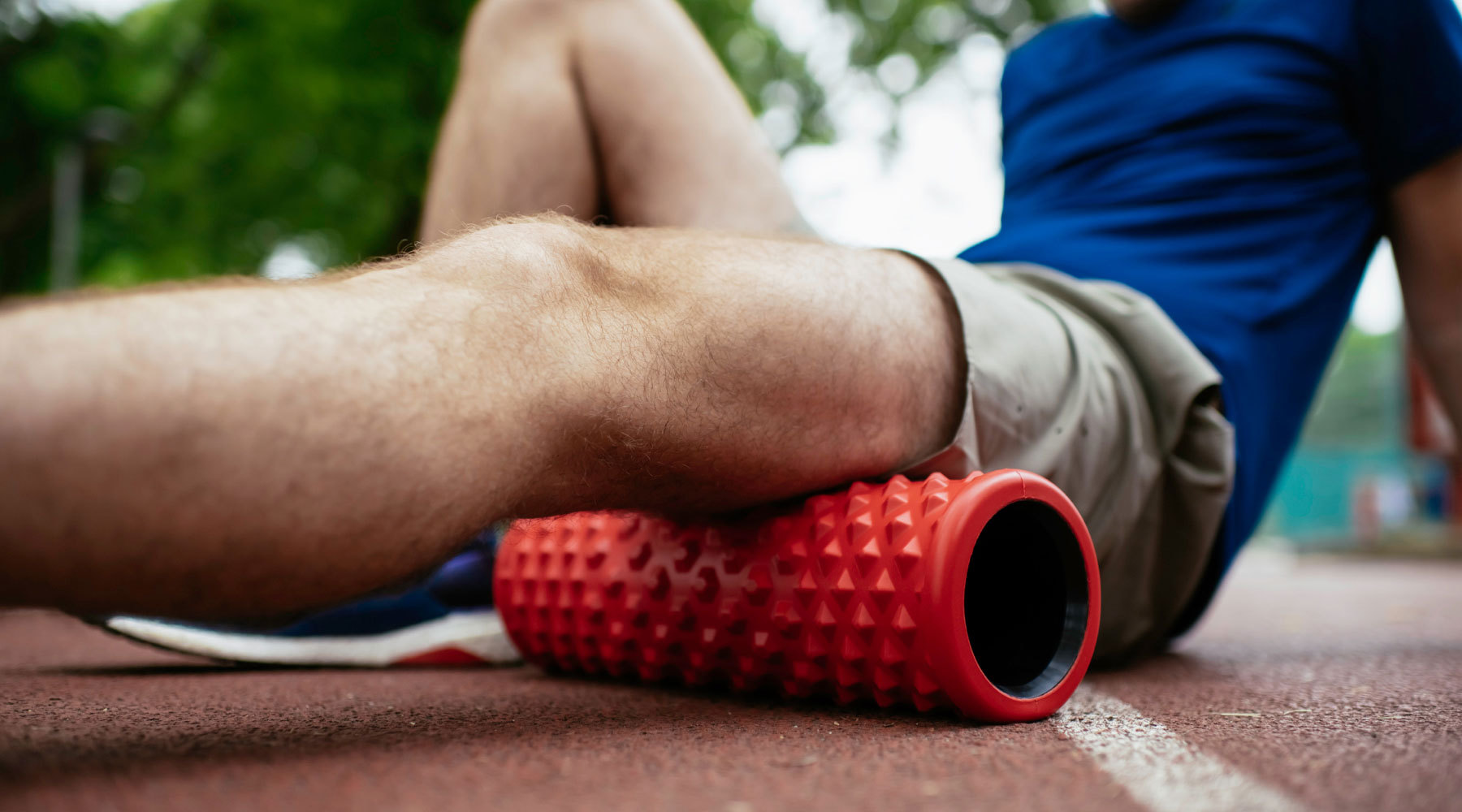
Seven-time Super Bowl Champion Tom Brady has attributed the longevity of his 22-year NFL career to pliability.
Muscle pliability has become a major topic in recent years, partly due to Brady’s success. But what is pliability?
Pliability is a state in which your muscles are long, resilient, and able to move without restriction.
Pliability Is Not Flexibility
So, what’s the difference between pliability and flexibility? Flexibility is solely focused on stretching joints and the muscles around them. Pliability goes even deeper than that. It’s more of a full-body process making tissue more pliable with good blood supply. The process stimulates the nervous system, which allows muscles to contract and relax while encouraging muscle healing.
Other benefits of pliability include:
- Better blood flow
- Cellular health
- Optimized performance
- Neuromuscular efficiency
- Improved reaction time
- Better range of motion
- Increased oxygen uptake
- Greater muscle recovery
After exercise, using foam rollers and getting massages will maintain a healthy range of motion while shortening post-workout soreness.
Lifestyle changes are also necessary to achieve the utmost pliability. Because muscles are 75% water, hydration is a key component to pliability. Dehydration is detrimental to muscle performance, response, and recovery. Sleep is also a necessity as it keeps your mind in top shape, improving memory and focus. Maintaining an anti-inflammatory diet will lessen pain, inflammation, and muscle tightness.
Aging and Pliability
Muscle mass loss begins as early as 30 years old. After 30, those with inactive lifestyles will lose 3% to 5% of lean muscle mass per decade. Many will suffer from sarcopenia, which causes 30% muscle mass loss over their lifetime. As people age, the fast-twitch muscle fiber, which accounts for short, high-intensity movements, is one that deteriorates most commonly. This is where our reactive balance comes from. For seniors, a fall due to the loss of reactive balance can be fatal.
Luckily, it’s not too late to reverse muscle loss through exercise. Swap out the weights for resistance bands to grow fast-twitch muscle fibers. No matter where someone is in their fitness journey, resistance bands can be picked up by anyone, regardless of age.
Access Can Help
Access offers a variety of athletic training programs which offer group or individual settings to help with range of motion and ways to offset muscle loss. Already dealing with damaged tissue? Learn more about Lipogems and how it supports damaged or injured tissue. If you’ve got any further questions you’d like to have answered, get in touch with us today.

